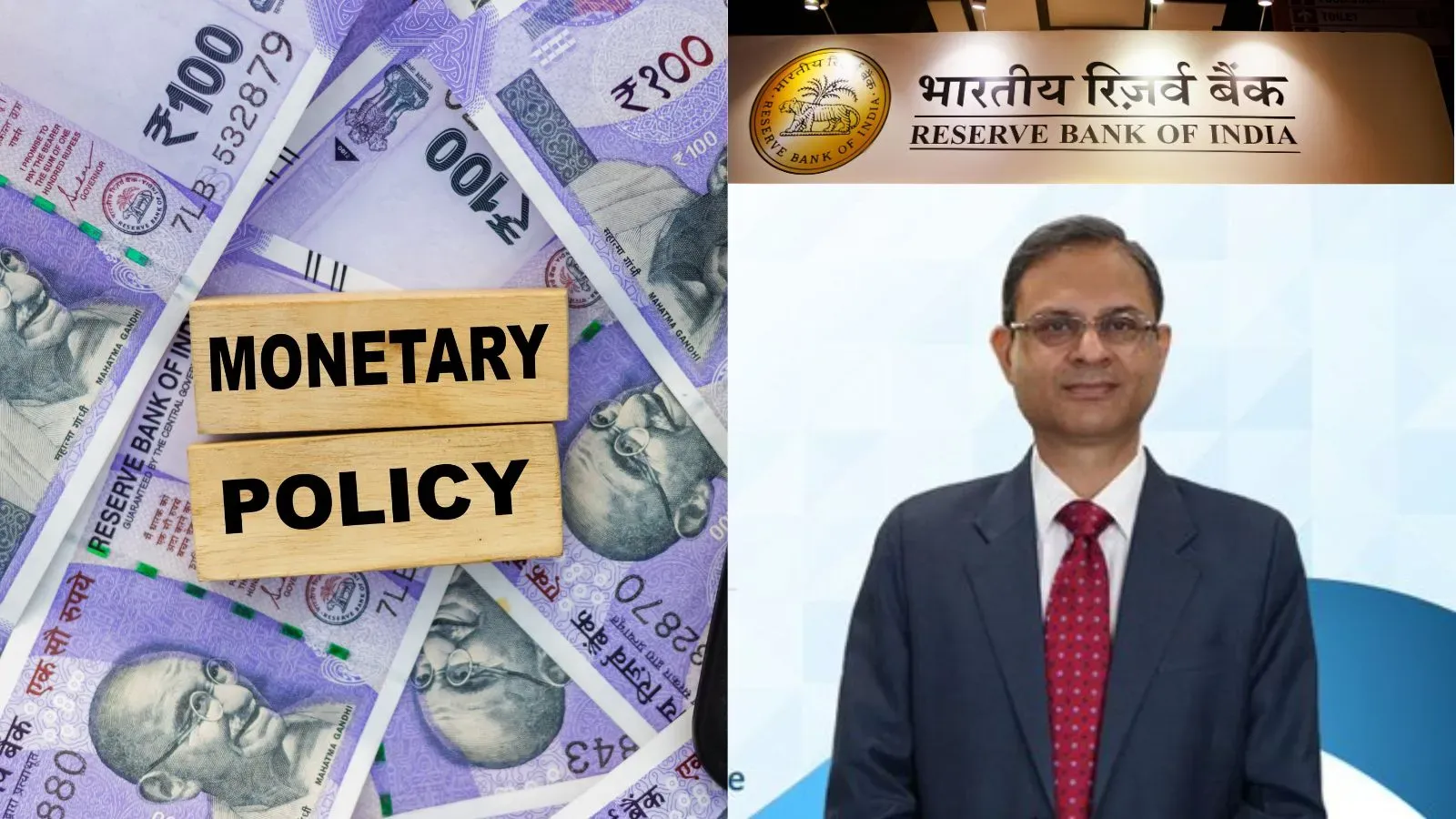Business News
CII reports India's electronics manufacturing projected to hit ₹50,000 crore by 2030; Makes key recommendations including SPECS
.png)
2 min read | Updated on June 25, 2024, 09:46 IST
SUMMARY
As per a report by CII, India’s electronics sector has a demand of ₹4,550 crore in components to support ₹10,200 crore production. It is set to increase ₹24,000 crore by 2030, backing a ₹50,000 crore industry. The CII also made some key recommendations in the report such as SPECS 2.0 for support, tariff adjustments, and FTAs.
.webp)
CII reports India's electronics manufacturing projected to hit ₹50,000 crore by 2030; Makes key recommendations including SPECS
According to a report by the Confederation of Indian Industry (CII), India needs to transform its electronic ecosystem. The CII said major steps need to be adopted to change the country’s import-dependent assembly-led electronic manufacturing to component-level value-added manufacturing.
The report stated that demand for components and sub-assemblies stood at ₹4,550 crore to support ₹10,200 crore worth of electronics production. This demand is likely to scale to ₹24,000 crore to support electronic productions worth ₹50,000 crore by 2030.
The growth of priority components and sub-assemblies including PCBAs (Printed Circuit Board Assembly), is projected at a robust CAGR (Compounded Annual Growth Rate) of 30% and will reach ₹13,900 by 2030.
The report put forward several measures for the government, including the introduction of SPECS 2.0 (Scheme for Promotion of Manufacturing of Electronic Components and Semiconductors), to offer monetary support, rationalising import tariffs on components like camera modules, and signing Free Trade Agreements (FTAs) with European and African nations.
The report highlights five priority components/sub-assemblies for India:
- Batteries (Lithium-Ion)
- Camera Modules
- Mechanicals
- Displays
- PCBs (Printed Circuit Boards)
These components, categorised as a high priority, represented 43% of the components demand in 2022 and are projected to grow to ₹5160 crore by 2030.
These components are produced in very small quantities in India or mostly imported. However, India needs to overcome this dependence on importing these components. It is mostly by importing that demand for PCBs is met, and this segment is likely to grow by 30% touching ₹8,74,600 crore by 2030.
Roadblocks in domestic manufacturing
India faces several challenges in manufacturing components and sub-assemblies due to higher costs compared to countries like China, Vietnam, and Mexico. Besides, there is a dearth of large domestic manufacturers, a weak ecosystem, and an inadequate supply of raw materials, hindering domestic production.
The report reiterates that these policies will augment numerous economic benefits because of the development of the components and sub-assemblies ecosystem in India. It will create 2.8 lakh new jobs by 2026, reduce India’s reliance on imports, increase GDP, and catapult the country as a global hub for electronic manufacturing.
By signing up you agree to Upstox’s Terms & Conditions
About The Author
Next Story

